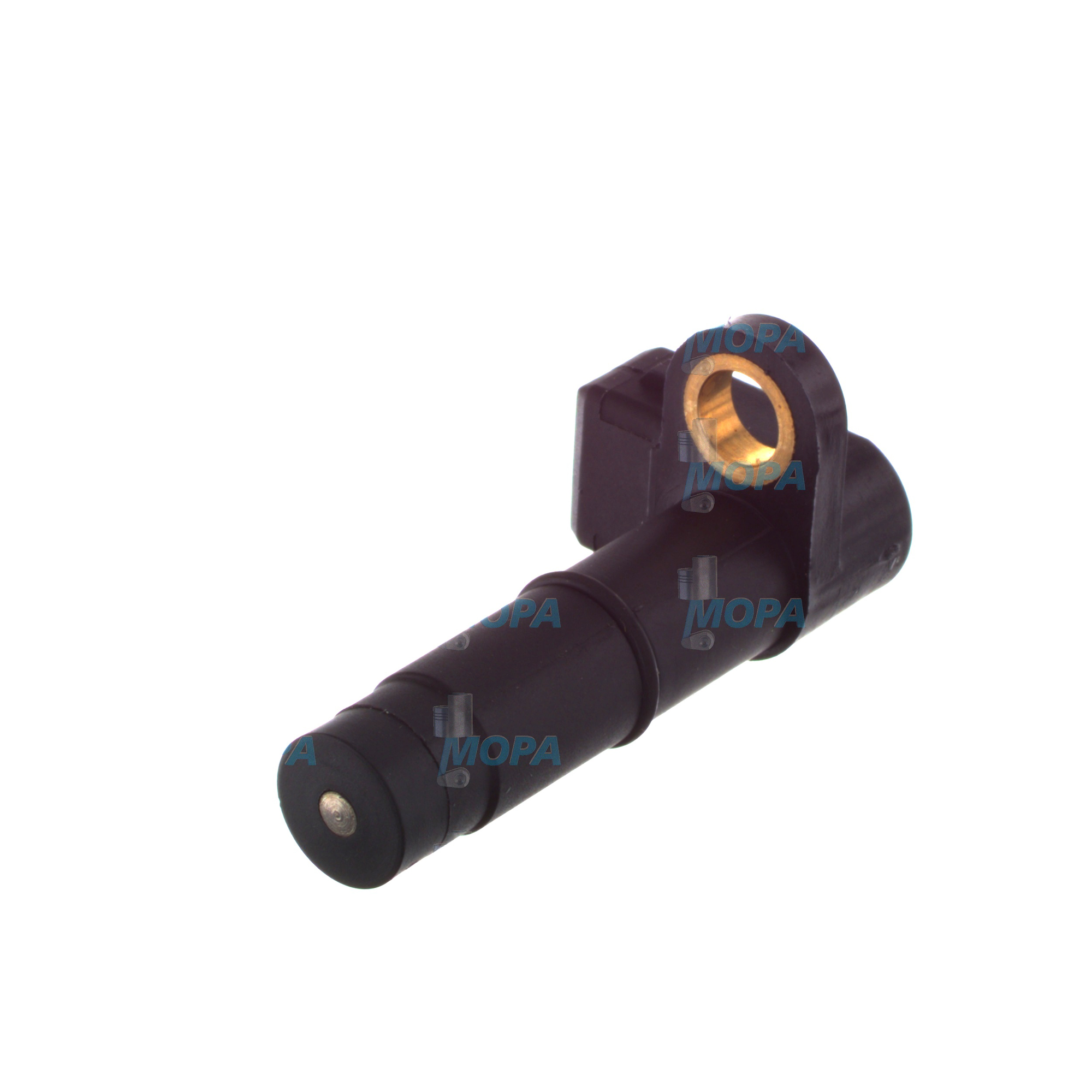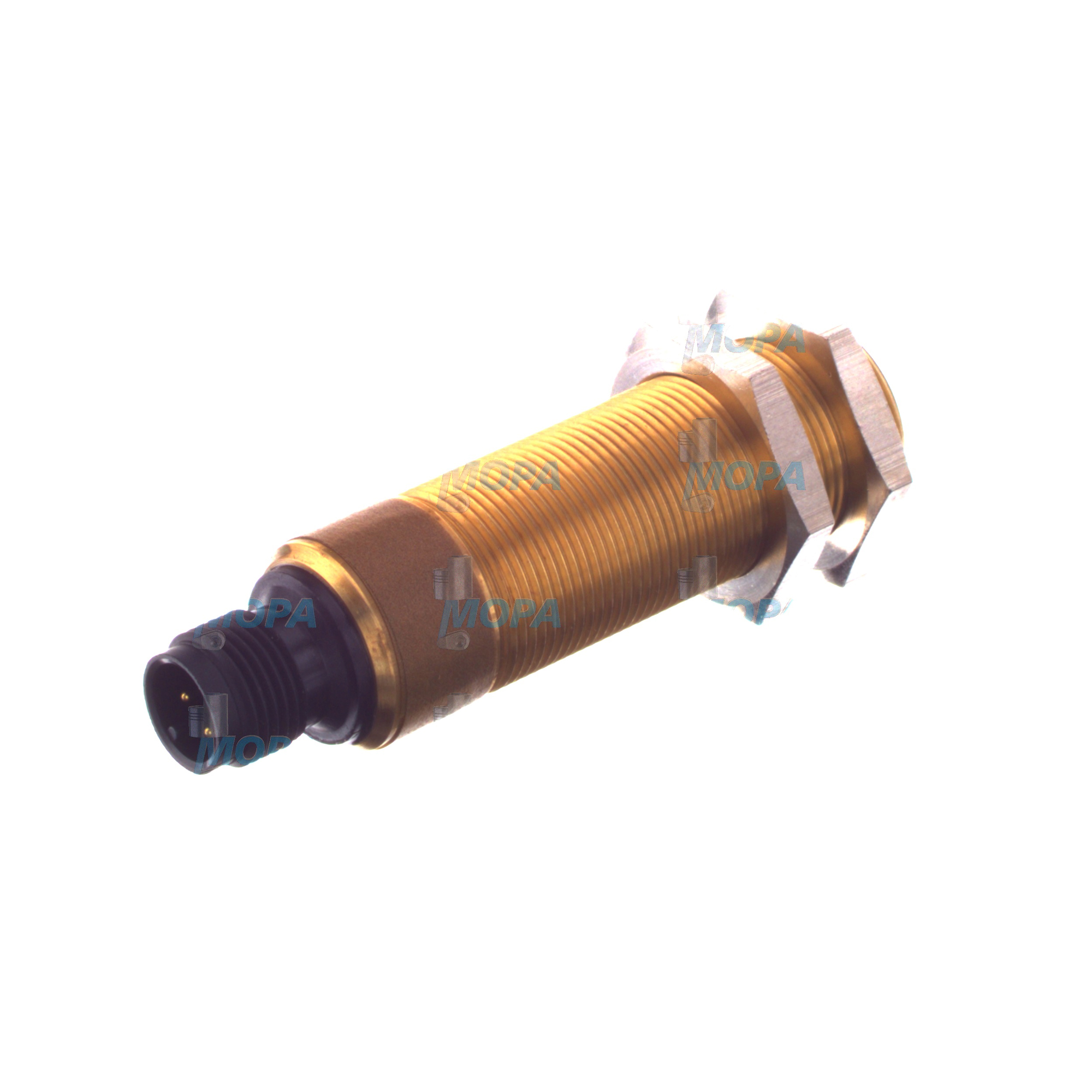SPEED TRANSMITTER Gauges and Sensors for Diesel and Marine Engines
Gauges and sensors are the backbone of engine monitoring and control. In every diesel engine, gas engine, or marine engine, they translate physical phenomena—pressure, temperature, level, vibration, flow, and speed—into reliable signals for the control system and the crew. This article category covers a complete range of measurement devices, from pressure transmitters and thermocouples to tachometers and the critical SPEED TRANSMITTER that delivers precise RPM feedback. Together, these components keep propulsion sets, auxiliary gensets, and industrial drives running safely, efficiently, and predictably.
Within propulsion and power generation, uptime and fuel economy depend on data quality. A SPEED TRANSMITTER for a marine engine provides exact crankshaft or flywheel speed to the governor and automation system, enabling stable operation, synchronizing, and protection against overspeed. Complementing it, pressure and temperature sensors ensure correct lubrication, cooling, and combustion conditions, while gauges present clear, readable status to operators. When these devices are engineered to OEM specifications and selected correctly, engines deliver their rated output with minimal stress and maximum reliability.
Technical function of gauges and sensors with SPEED TRANSMITTER in a marine engine
Gauges and sensors convert real-world values into electrical signals the engine control unit (ECU) and safety systems can interpret. A SPEED TRANSMITTER for a diesel engine typically uses inductive (magnetic pickup) or Hall-effect principles to read gear teeth on the flywheel. The resulting frequency signal is proportional to RPM and feeds the governor, PLC, or ECU for functions such as fuel rack control, load sharing, synchronization, and overspeed protection. In parallel, pressure transmitters (often 4–20 mA) track lube oil and fuel pressure, while RTDs or thermocouples monitor coolant, charge air, and exhaust temperatures. These signals are distributed through analog loops, frequency inputs, or digital networks such as CAN J1939 or Modbus to the engine panel and vessel automation.
In performance terms, accurate sensors allow tight control of injection timing, air-fuel ratio, and turbocharger operation, directly influencing specific fuel oil consumption and emissions. In safety terms, deterministic speed feedback triggers rapid shutdown in the event of an overspeed or loss of load. The best results come from components designed for harsh-duty engine rooms: stainless housings, high IP ratings (e.g., IP67/IP68), EMI/RFI shielding, vibration-resistant construction, and temperature ranges suited to hot sections near turbochargers. Correct connectorization (M12, Deutsch, or OEM-specific), thread forms (BSP, NPT), and electrical characteristics (NPN/PNP, 0–10 V, 4–20 mA, frequency) ensure seamless integration and low noise on signal lines.
- · Real-time RPM from SPEED TRANSMITTER for diesel engine control
- · Stable 4–20 mA loops for pressure, level, and differential measurements
- · High ingress protection for marine engine rooms
- · Wide temperature ranges and low drift for accurate trending
- · Fast response supports overspeed and trip logic
- · CAN J1939 and Modbus compatibility for modern ECUs
- · Robust EMI shielding for clean, noise-free signals
- · Service-friendly connectors for rapid replacement
Importance for engine operation and service life
Reliable gauges and sensors extend engine life by keeping operation within design limits. If a SPEED TRANSMITTER signal is unstable or out of tolerance, the governor may hunt at idle, synchronizing can fail, and nuisance trips or, worse, an overspeed event can occur. Incorrect fuel or lube oil pressure readings can mask pump issues, leading to bearing distress. Faulty temperature feedback may allow thermal overload, cracking cylinder heads or harming turbocharger components. In a marine engine, these errors multiply into operational risks such as blackout during maneuvering, delayed departures, and unplanned maintenance.
High-quality measurement enables predictive maintenance. Consistent, calibrated signals give engineers clean trends for oil condition, injector performance, and charge-air efficiency. With trustworthy data, setpoints can be kept tight—minimizing fuel waste, avoiding soot buildup, and reducing wear. In short, healthy gauges and sensors, anchored by a dependable SPEED TRANSMITTER, are central to reliability, fuel economy, and safety.
Advantages of OEM spare parts suitable for gauges and sensors and SPEED TRANSMITTER
Using OEM spare parts suitable for this category preserves engine performance by matching the exact electrical characteristics, geometry, and materials required by the manufacturer’s control philosophy. A SPEED TRANSMITTER OEM part delivers the correct tooth-count scaling, signal amplitude, and mounting depth, preventing weak pickup or false triggering. Pressure and temperature devices align with ECU calibration curves and alarm logic, so thresholds remain accurate without field reprogramming. Materials are selected for compatibility with diesel, gas, oils, and coolants, and sealing systems are built for vibration and salt-laden atmospheres.
From a budget perspective, fit-for-purpose OEM sensors reduce installation time, eliminate adapter rework, and cut repeat faults that drive downtime costs. Lifecycle documentation and stable part numbering support fleet-wide standardization. For vessels and plants operating under strict safety and class regimes, this consistency accelerates inspections and streamlines spares strategies.
- · Precise fit and pin-outs for existing harnesses and panels
- · Calibrations matched to ECU maps and protection setpoints
- · Materials and seals suited to diesel and gas engine media
- · Vibration- and corrosion-resistant construction for marine duty
- · Traceable documentation to support audits and compliance
- · Lower total cost through fewer faults and rapid installation
- · Consistent signals stabilize governor and automation behavior
- · Availability of SPEED TRANSMITTER OEM parts across engine families
MOPA as a partner for OEM parts: SPEED TRANSMITTER, gauges, and sensors
MOPA is an experienced and reliable partner for OEM spare parts in the category of gauges and sensors, including every type of SPEED TRANSMITTER for diesel and gas engines. Customers value fast response, high quality, and security in the trade of OEM parts—supported by professional sourcing, clear documentation, and careful logistics. Whether you require a magnetic pickup for a marine engine flywheel, a high-accuracy pressure transmitter for fuel common rails, or EGT probes for turbocharger monitoring, MOPA helps specify, cross-reference, and deliver parts that fit and perform.
What you can expect for SPEED TRANSMITTER and gauges and sensors
- · Rapid quotations and dependable lead times for critical items
- · Secure procurement from vetted OEM channels
- · Technical support on signal standards, connectors, and mounting
- · Global shipping with protective packaging and documentation
Conclusion
Gauges and sensors—especially the SPEED TRANSMITTER—are essential to engine control, safety, and efficiency. Selecting OEM spare parts suitable for this category preserves accuracy, stabilizes operation, and protects budgets by minimizing downtime. With MOPA as your partner, you can source the right OEM components quickly and confidently for diesel and marine engines.





